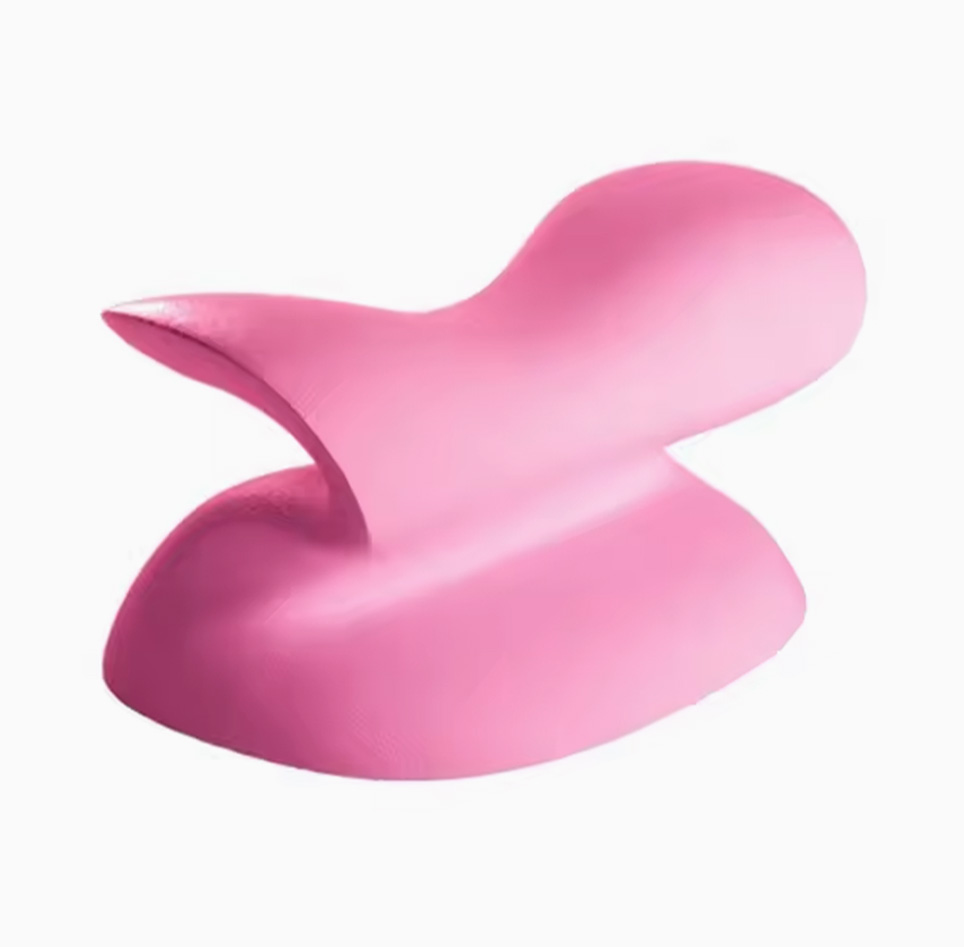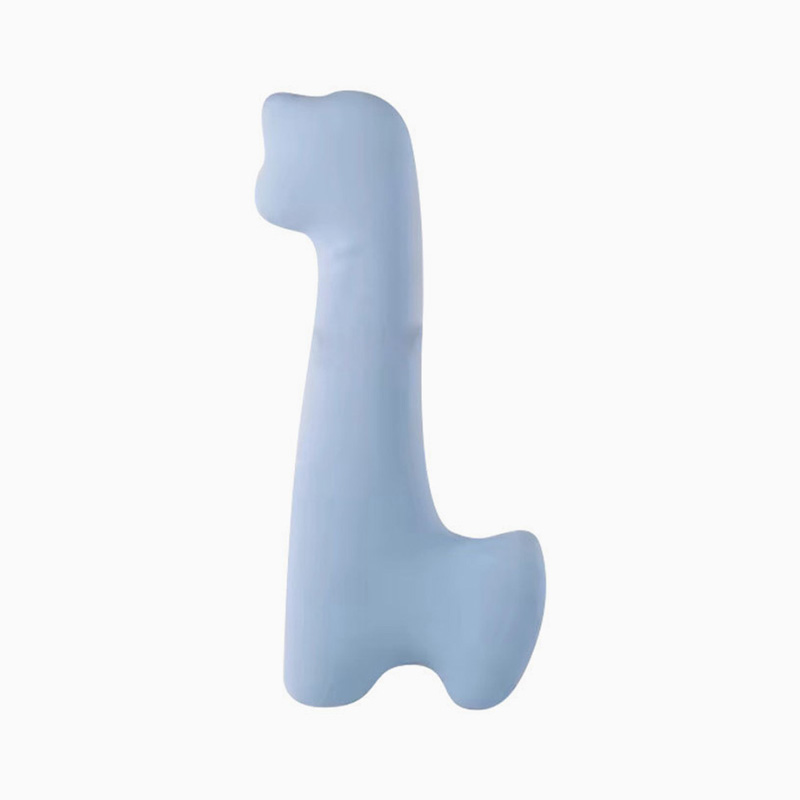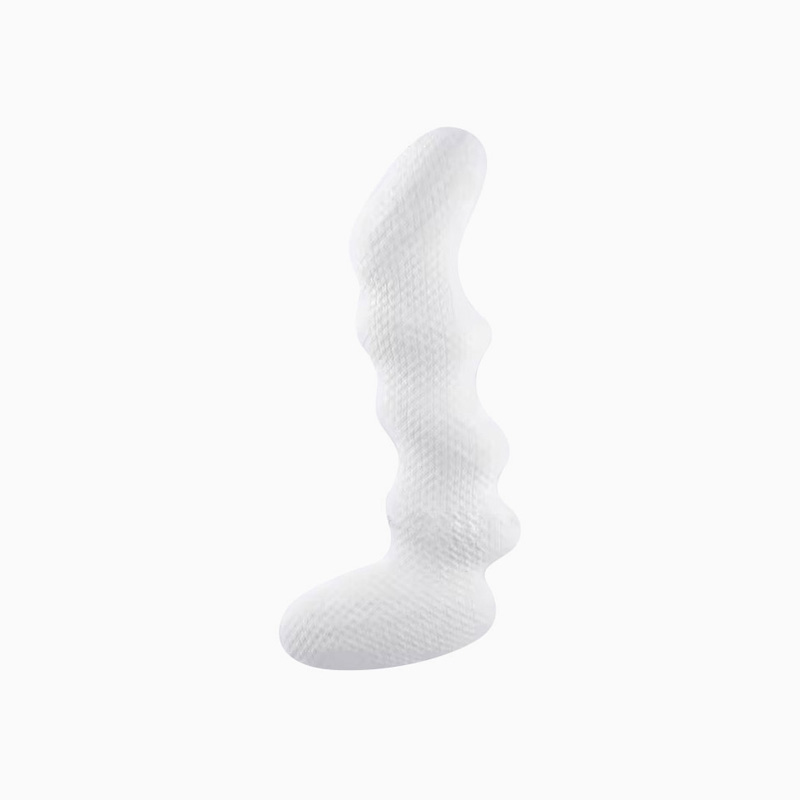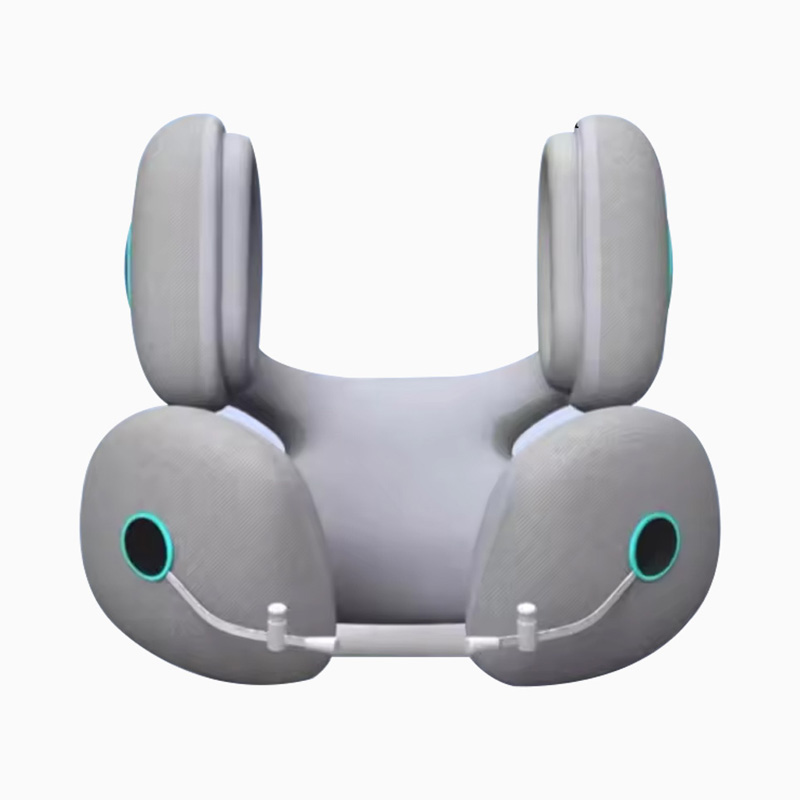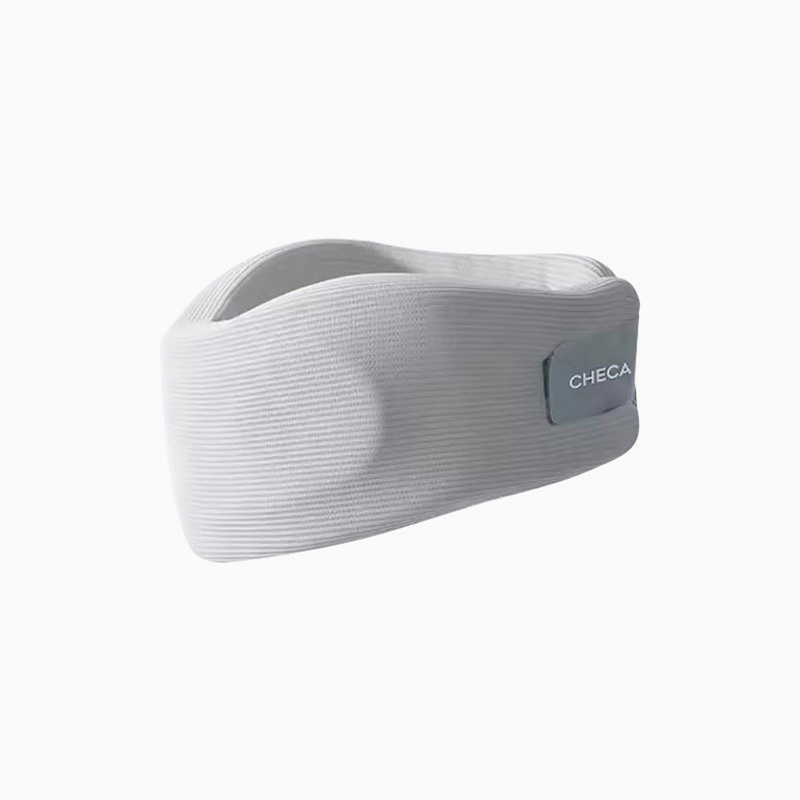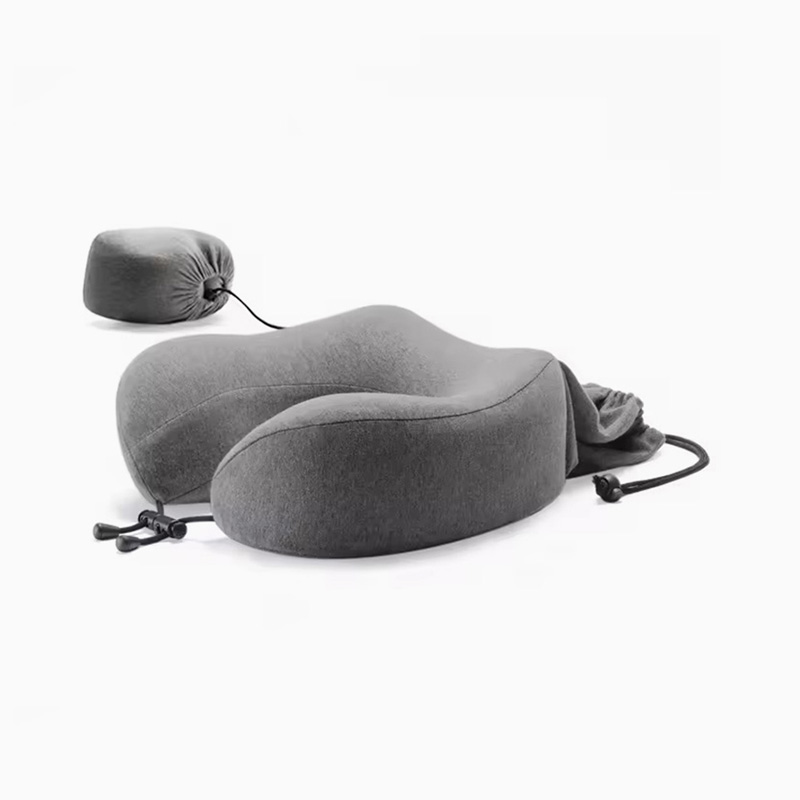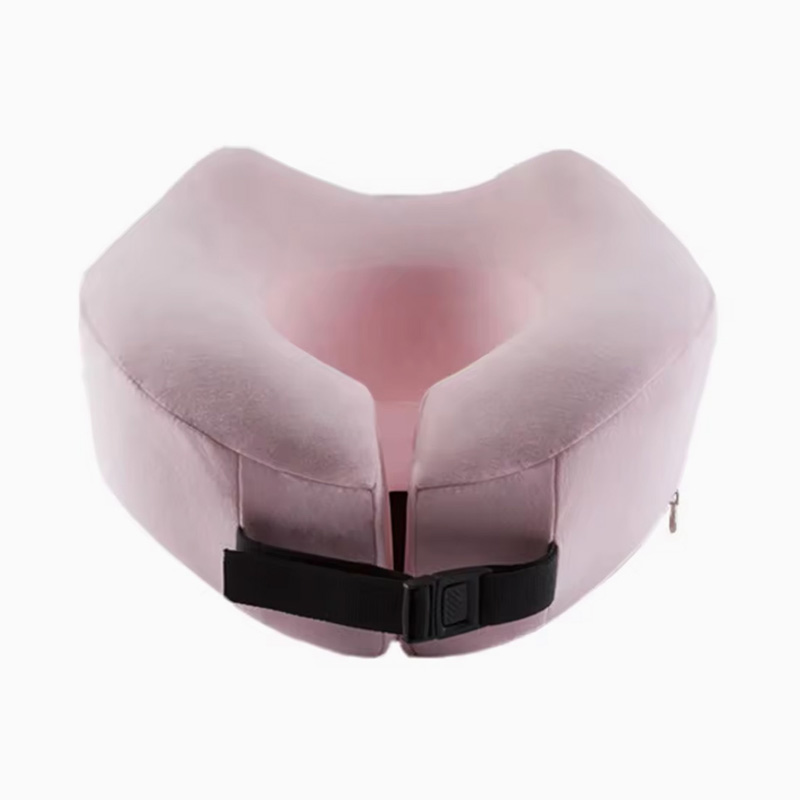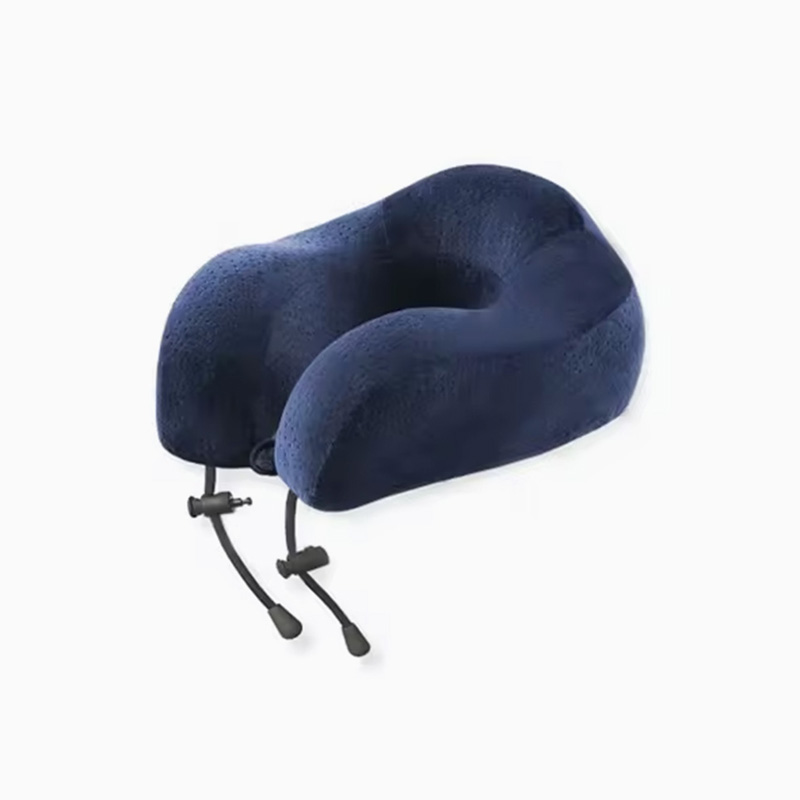How does the hardness of memory foam backrest set change at different ambient temperatures
Memory Foam is a high-density slow-rebound material based on polyurethane. Its core characteristic is that it is highly sensitive to pressure and temperature, and can deform in a directional manner with the body temperature and pressure to provide fit support. The hardness of Memory Foam is not constant, but changes with the ambient temperature, which has a significant impact on its performance and comfort.
Relationship between temperature and molecular activity of memory foam
The molecular structure of memory foam becomes more active in a high-temperature environment, and the polymer chains inside the material are easy to slip, showing that the whole is softer; while in a low-temperature environment, the activity of the molecular chains is restricted, and the material becomes more rigid. Usually, the glass transition temperature (Tg) of memory foam is between 15°C and 20°C, and it will become significantly harder when it is lower than this temperature.
Performance in high-temperature environment
The performance of Memory Foam Backrest Set is most ideal when the ambient temperature is between 25°C and 35°C. The sponge can quickly respond to the temperature of the human body to achieve the effect of "compression fit, slow rebound release". At this time, the hardness is moderate, which can effectively relieve the pressure on the lumbar spine, back and neck. When users use the backrest set under this temperature condition, they will feel the material's "cloud-like" support.
In a high temperature environment over 35°C, the memory foam may become too soft. Due to excessive molecular chain activity, the structural support force decreases, and users may feel insufficient support or "collapse". Especially in the use scenario after exposure to the sun outdoors or in the car, it is necessary to consider using high-density materials to maintain its support performance.
Changes in softness and hardness in low temperature environments
When the temperature drops below 15°C, the memory foam will begin to harden and its elasticity will decrease significantly. At this time, the surface of the Backrest Set will lose its original fit performance and may even feel "stiff" in a short period of time. When used in an environment below 10°C, the material will respond slowly and the rebound time will be extended by 3 to 5 times. Users may feel cold and uncomfortable when they first come into contact with it.
When used in the northern winter, unheated offices or cold warehouses, it is recommended to preheat in room temperature in advance or use modified memory foam materials (such as gel composite type, warm-sensing quick-start type) to maintain basic softness and response speed.
Neutral temperature has the least effect on memory foam
When the environment is between 20°C and 25°C, the molecules of memory foam are in a stable state, the material is moderately soft and hard, and the support and fit are well balanced. This temperature range is considered to be the most optimized working range for memory foam functions. Whether it is office scenes, home use, or driving environments, this range can ensure that the Memory Foam Backrest Set provides continuous and effective body pressure dispersion and spinal support.
Relationship between temperature changes and memory retention
Long-term use in extreme temperatures (such as long-term high temperatures >40°C or low temperatures <5°C) may affect the memory performance of the Memory Foam material. High temperatures can easily accelerate material aging and cause permanent deformation; low temperatures may cause microcracks, affecting its rebound and support consistency. High-quality Memory Foam Backrest Set will add a temperature stabilization factor in the foaming process to keep the material more consistent in different temperature ranges.
Product design suggestions for different temperature adaptation
In order to cope with the soft and hard fluctuations caused by different temperatures, some Memory Foam Backrest Set products on the market adopt a multi-layer composite structure design. For example:
The inner core is high-density memory foam, and the outer layer is covered with a breathable layer or a condensation gel layer;
A temperature-responsive membrane layer is added to achieve active adjustment;
A detachable and washable outer cover with strong heat insulation performance is used to reduce the direct impact of the environment on the core material.
These designs not only improve the user experience at different temperatures, but also enhance the durability and adaptability of the product.

 English
English عربى
عربى previous post
previous post



